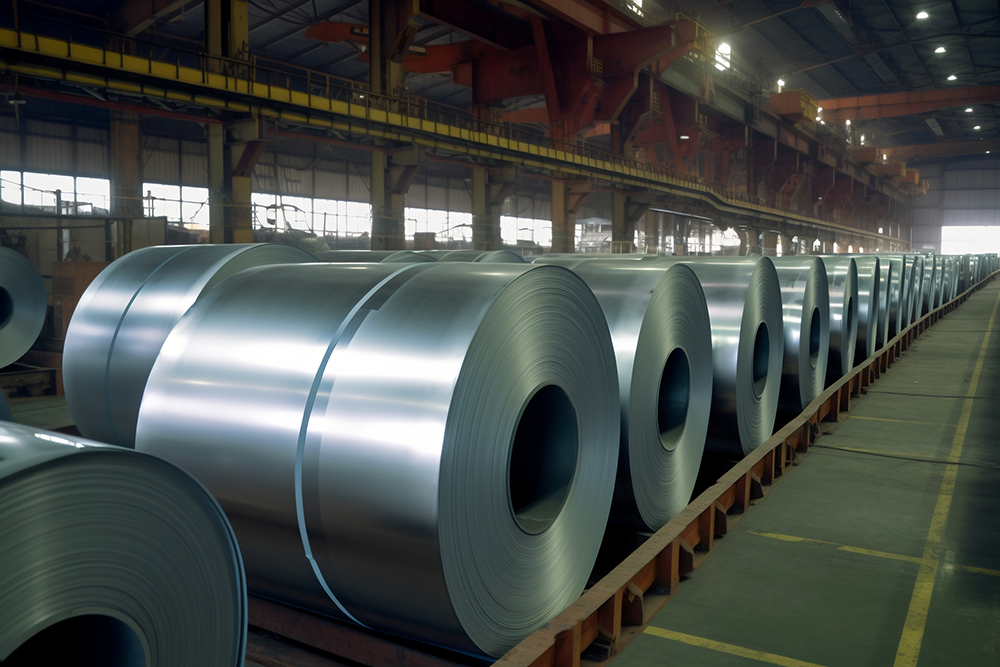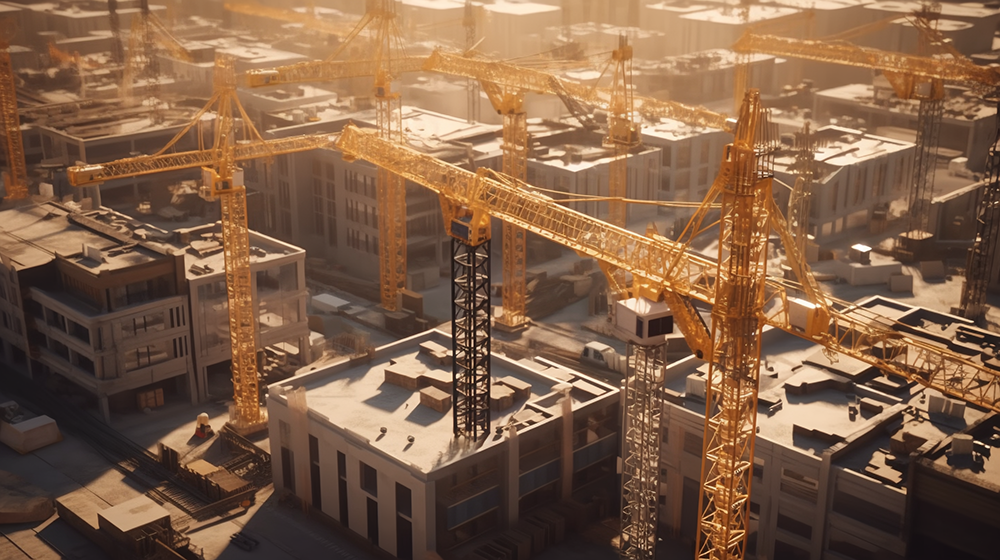Hot-dip galvanizing is a common and effective anti-corrosion technology, which is widely used in various fields. In this article, we will deeply discuss the definition and characteristics of hot-dip galvanizing, introduce different standard galvanizing materials, as well as their applicable fields and future development trends.
What is Hot-dip Galvanizing
Hot-dip galvanizing is a process in which metal, usually steel, is dipped in molten zinc to form a uniform and dense zinc coating. In the hot-dip galvanizing process, the metal surface is first cleaned and pretreated to ensure the adhesion of the coating. Subsequently, the metal is immersed in a high-temperature zinc solution, and the metal surface chemically reacts with zinc through a diffusion reaction to form a layer of zinc-iron alloy or pure zinc coating. This coating has excellent corrosion resistance and decorative properties.

Features of Hot-dip Galvanized and Zinc Alloy Coatings
Hot-dip galvanized coating has many excellent characteristics. First, it provides long-lasting corrosion protection due to zinc's self-sacrificing properties, which form a dense oxide layer in the damaged area, thereby protecting the substrate from corrosion. Secondly, the coating has excellent wear resistance and weather resistance, and can maintain stable performance in various harsh environments. In addition, the hot-dip galvanized coating has good welding performance and plasticity, which is convenient for processing and use.
Different Standards for Galvanized Materials The quality and specifications of galvanized materials are defined by different standards and specifications. Common standards include the standards of the International Organization for Standardization (ISO), the standards of the American Standards Association (ASTM), and the European Standards (EN). These standards stipulate important parameters such as the chemical composition of galvanized materials, coating thickness, appearance quality, etc., to ensure the quality and consistency of products.
Applicable Fields and Development Trends of Galvanized Materials
Hot-dip galvanizing technology is widely used in many fields. Among them, the construction industry is one of the main fields of hot-dip galvanizing. Galvanized steel is commonly used in construction for roofs, walls, steel structures, etc. to provide durable corrosion protection. In addition, the automotive industry is also one of the important application fields of hot-dip galvanizing. Galvanized steel is used in car body frames, doors, chassis and other components to enhance its corrosion resistance and structural strength.

With the improvement of environmental protection awareness, green and sustainable development has become the development direction of galvanizing technology in the future. To reduce environmental impact, researchers are exploring the use of more environmentally friendly galvanizing methods, such as electrogalvanizing and hot-dip galvanizing. These technologies can not only provide excellent anti-corrosion performance, but also reduce pollution to the environment.
In addition, the surface treatment and decorative properties of galvanized materials are also the focus of future development. Researchers are working hard to improve the appearance quality and coating performance of galvanized materials to meet the aesthetic and decorative needs of different industries.
All in all, as a cost-effective, anti-corrosion and durable surface treatment technology, hot-dip galvanizing is of great significance to various fields. In the future, with the continuous innovation of technology and the improvement of environmental protection requirements, hot-dip galvanizing technology will continue to develop and show its value in a wider range of applications. Whether it is construction, automotive or other industries, hot-dip galvanizing will continue to provide strong corrosion protection for materials and help various industries achieve sustainable development.